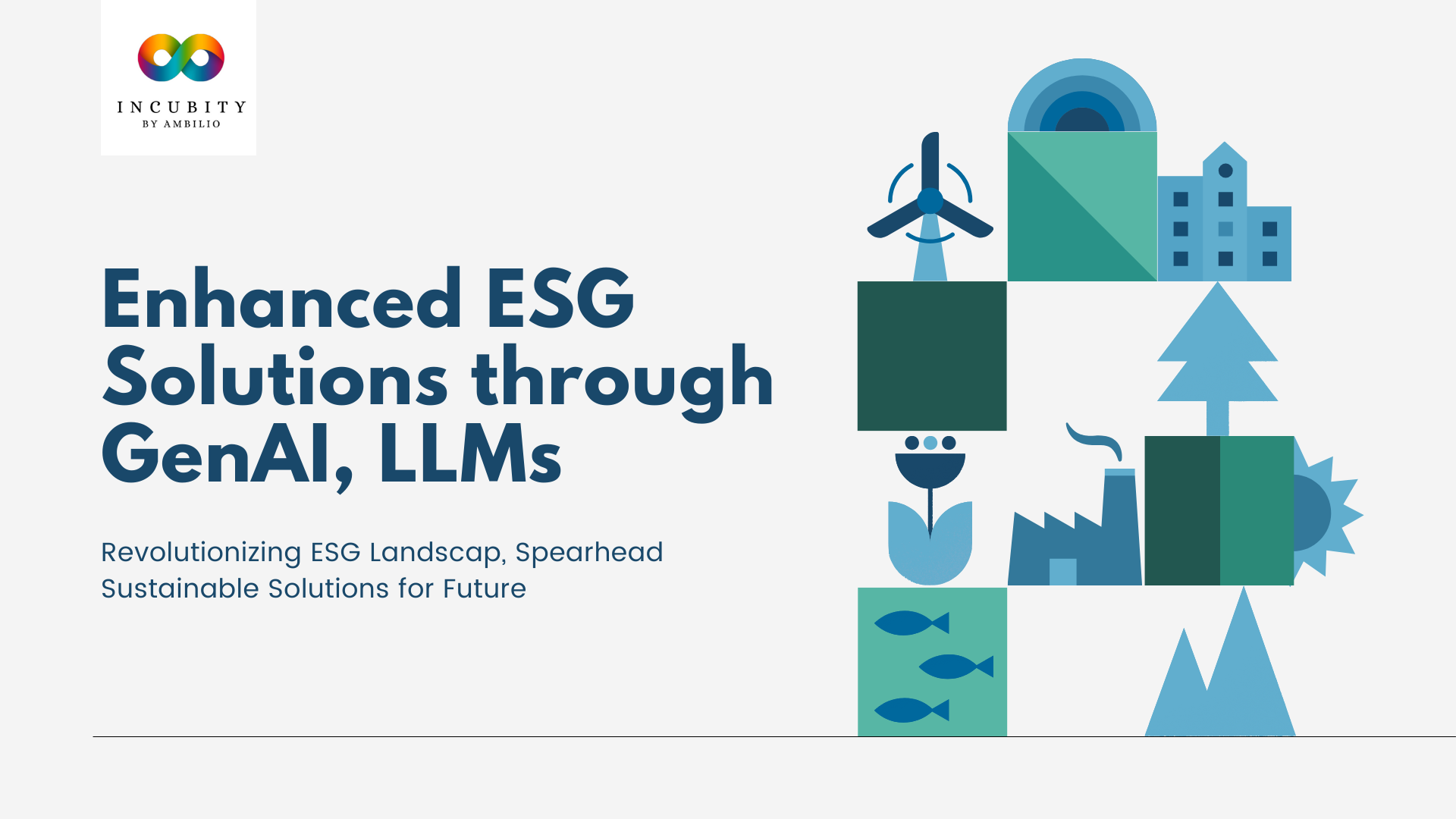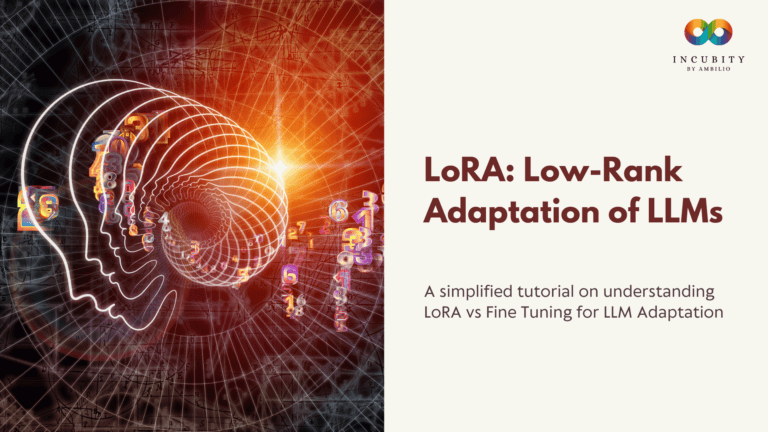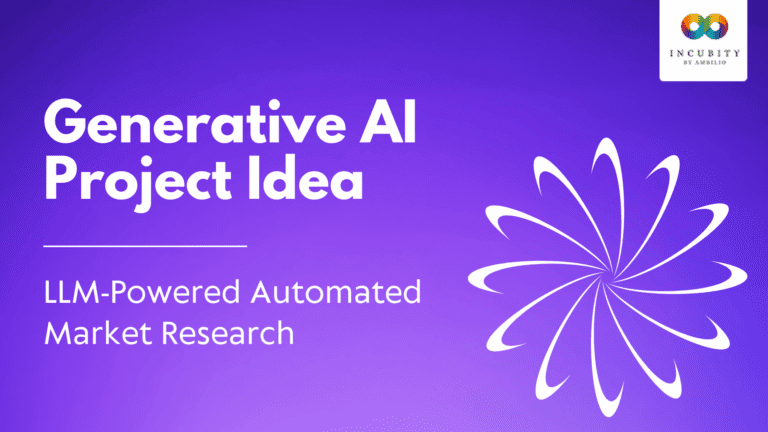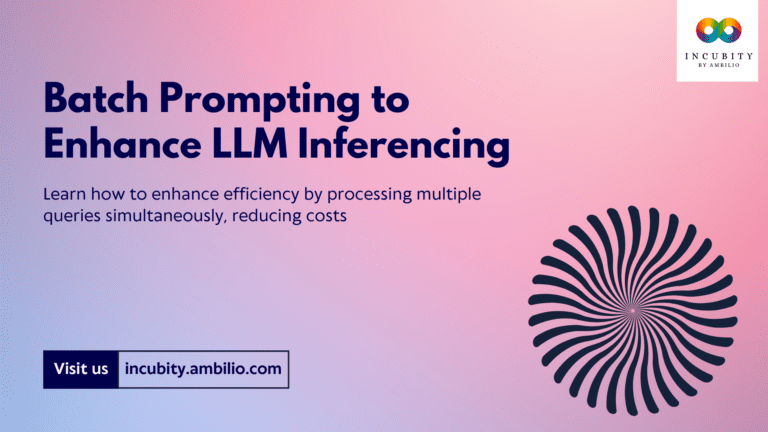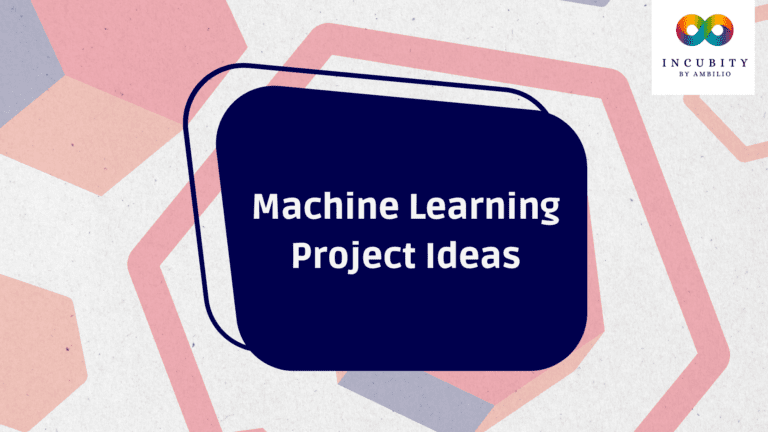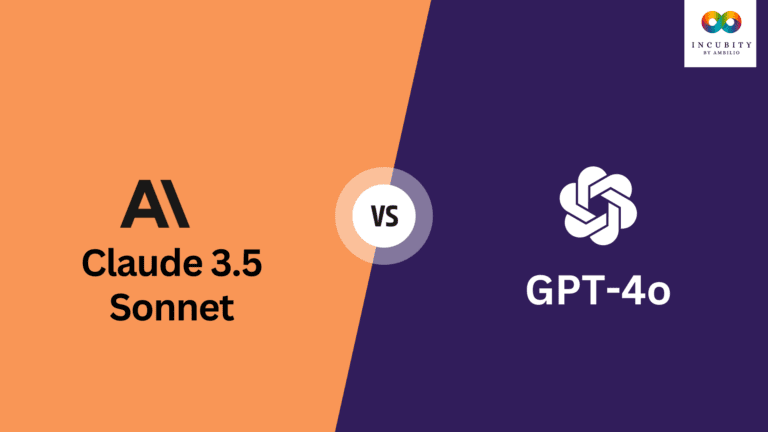In the rapidly evolving landscape of technology, Generative Artificial Intelligence (AI) and Large Language Models (LLMs) have emerged as transformative forces. Their capacity to comprehend, process, and generate vast amounts of data has ushered in a new era of possibilities, particularly in the realm of Environmental, Social, and Governance (ESG) initiatives. As the world increasingly gravitates towards sustainable practices, the integration of Generative AI and LLMs offers a promising avenue for addressing multifaceted challenges and fostering positive change within the ESG sector.
Context and Significance
Generative AI, powered by neural networks and machine learning algorithms, possesses the ability to create new content, emulate patterns, and generate valuable insights. LLMs, like OpenAI’s GPT models, excel in understanding and processing natural language, enabling them to interpret complex textual data. Their convergence has paved the way for innovative solutions across diverse industries, and their application in ESG is poised to redefine sustainability strategies.
The ESG sector stands at a crucial juncture, necessitating advanced technological solutions to tackle pressing challenges. Corporations, investors, and regulatory bodies increasingly prioritize ESG criteria, seeking ways to measure, monitor, and improve sustainability practices. Here, Generative AI and LLMs offer multifaceted support by streamlining operations, enhancing decision-making, and facilitating the transition to more sustainable models.
Use Cases of Generative AI and LLMs in ESG
1. Sustainability Reporting Automation
Generative AI and LLMs can automate the arduous process of sustainability reporting. By parsing through vast datasets from disparate sources, these technologies extract pertinent information, analyze trends, and generate comprehensive reports. This automation not only saves time but also ensures accuracy and completeness in compliance with ESG standards.
2. Carbon Emission Prediction and Reduction
These AI models utilize historical data and predictive analytics to forecast carbon emissions. By identifying patterns and correlations, companies can strategize emission reduction measures, thereby aligning with carbon neutrality goals and contributing to environmental sustainability.
3. ESG Investment Analysis
Generative AI and LLMs empower investors to evaluate the ESG performance of companies more comprehensively. Analyzing diverse data sources, these models provide deeper insights into a company’s sustainability practices, aiding investors in making informed decisions that align with their ethical and financial objectives.
4. Supply Chain Transparency
By delving into extensive supply chain data, AI technologies enhance transparency. They trace the journey of products, uncover potential ethical concerns or environmental impacts, and enable companies to proactively address issues related to sourcing, manufacturing, and distribution.
5. Renewable Energy Optimization
Generative AI models optimize renewable energy production and distribution by predicting demand, analyzing weather patterns, and fine-tuning grid operations. This optimization ensures efficient utilization of resources and promotes the transition towards renewable energy sources.
6. Natural Language Processing for ESG Compliance
Utilizing language models, companies can leverage AI-driven analyses to ensure compliance with evolving ESG regulations. These models sift through legal documents, contracts, and regulatory frameworks, identifying areas of non-compliance and recommending corrective actions.
7. Sustainable Product Development
Generative AI assists in the design phase, generating eco-friendly product blueprints. These models simulate various designs, considering environmental impact throughout the lifecycle. This approach fosters innovation in creating sustainable products.
8. Social Impact Assessment
By analyzing unstructured data like social media content, Generative AI and LLMs gauge public sentiment. This analysis provides insights into societal concerns, enabling companies to address social issues and align their initiatives with public sentiment.
9. Climate Risk Assessment and Mitigation
AI models assess climate-related risks by analyzing historical data and predicting future scenarios. This proactive approach allows businesses and communities to develop mitigation strategies against climate risks, fostering resilience and adaptability.
10. Circular Economy Optimization
AI-driven analytics optimize resource usage, promoting the transition to a circular economy. By analyzing data on waste management, recycling, and resource recovery, these models identify opportunities to reduce waste and enhance resource efficiency.
Conclusion
Generative AI and Large Language Models wield immense potential in transforming the ESG landscape. Their versatility in automating processes, predicting trends, and fostering innovation aligns perfectly with the multifaceted needs of sustainability. By harnessing these technologies, organizations can not only meet ESG standards but also drive meaningful change towards a more sustainable and responsible future.
As these technologies continue to evolve, their integration with ESG practices will likely become more intricate and impactful. The collaborative efforts between technological advancements and the pursuit of sustainability are poised to redefine industries, shaping a future where environmental stewardship, social responsibility, and governance converge seamlessly for the greater good of our planet and society.

